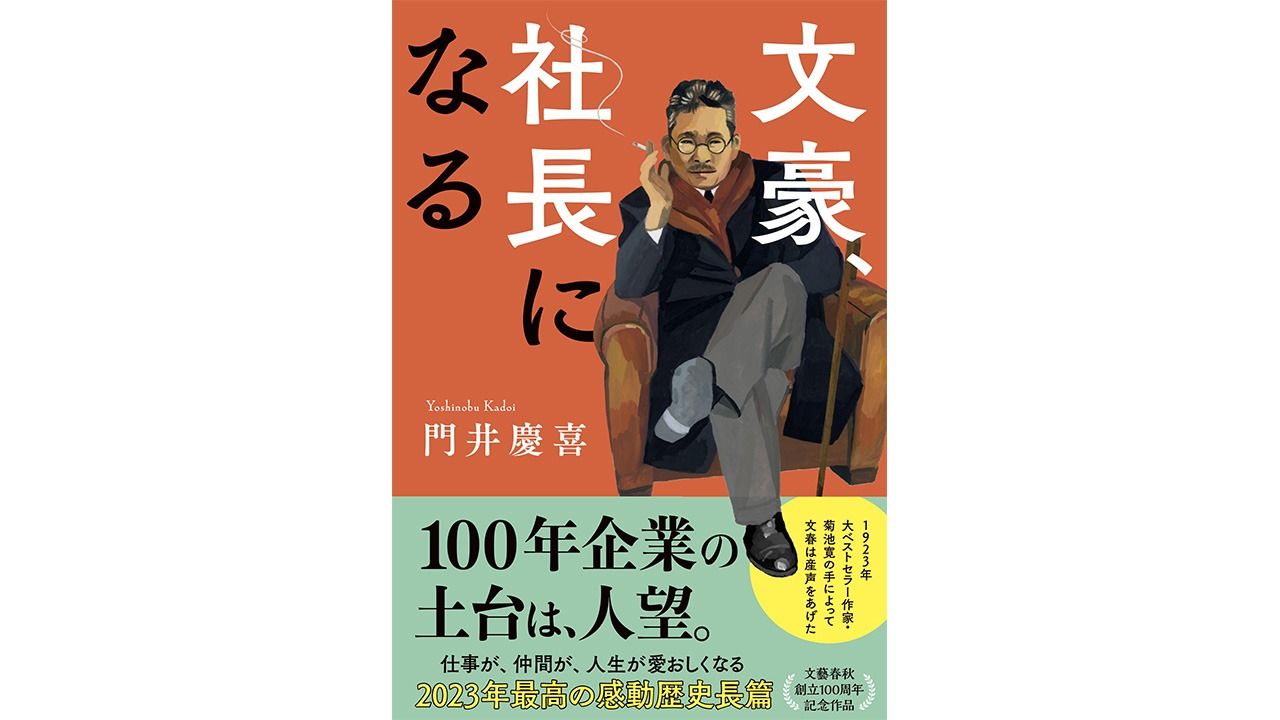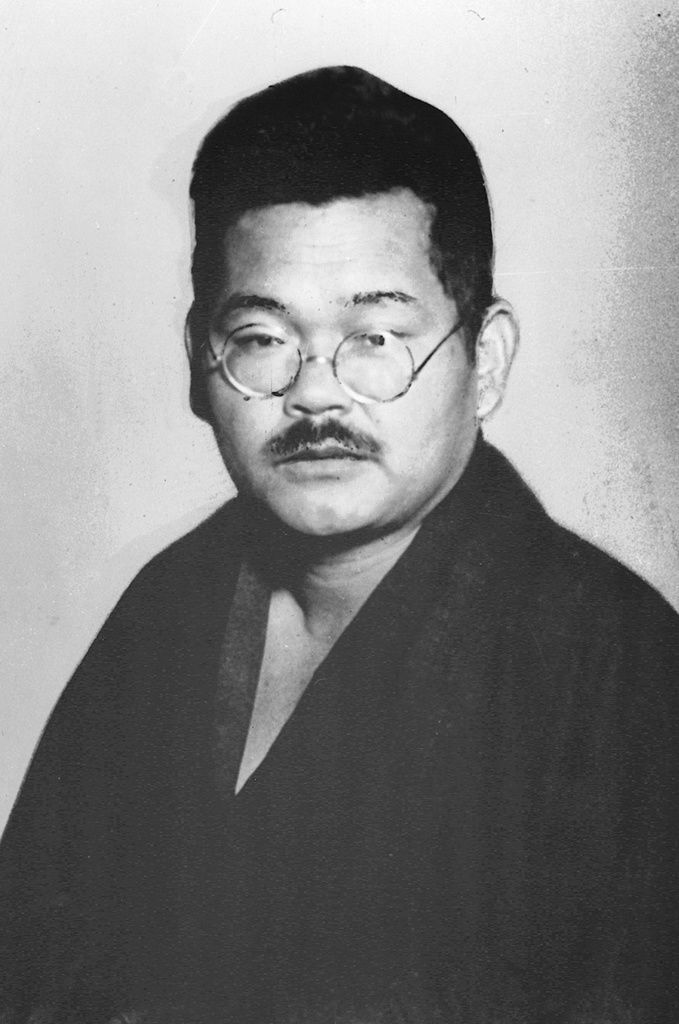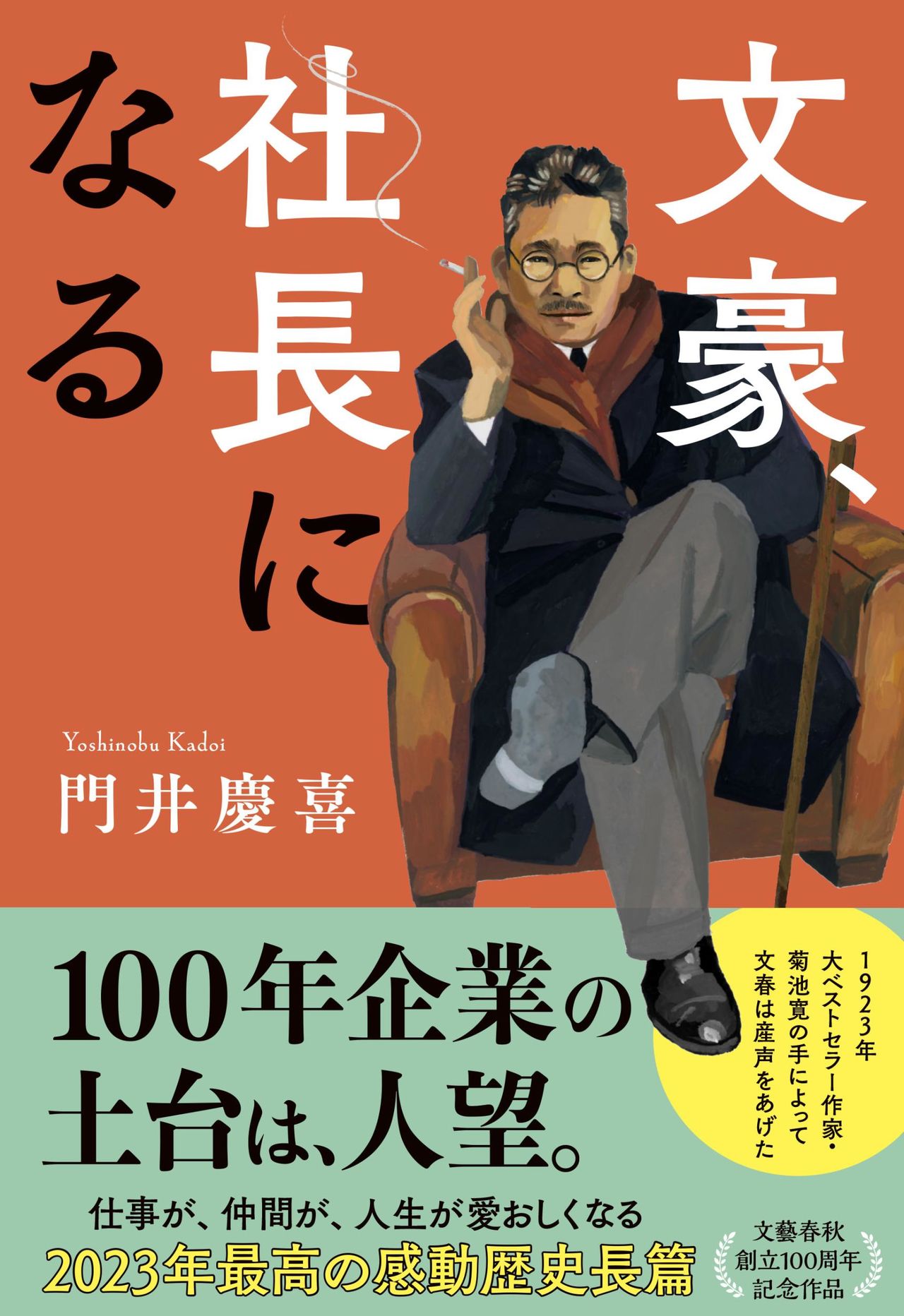
Kikuchi Kan: Founder of the Akutagawa and Naoki Prizes
Society Culture- English
- 日本語
- 简体字
- 繁體字
- Français
- Español
- العربية
- Русский
A Friend of Akutagawa
Japan’s most famous literary prizes are the Akutagawa Prize, generally awarded to writers yet to break through, and the Naoki Prize for more established authors. Both were established at the instigation of Kikuchi Kan in 1935 and named after his contemporaries; Akutagawa Ryūnosuke is remembered as one of the leading writers of the era, and Naoki Sanjūgo was known for his historical fiction.
A new book in Japanese, Bungō, shachō ni naru (A Literary Master Becomes President), centers on Kan, who was himself a well-regarded author, as well as involved behind the scenes in the literary world. The book was written by Kadoi Yoshinobu, a previous winner of the Naoki Prize.
Kan was born in Takamatsu in Kagawa Prefecture, on the island of Shikoku. He was not noted for his good looks, but he was academically successful, and was regularly to be found in the library, reading through almost everything.
After graduating from junior high school, he moved to Tokyo to continue his education at the capital’s First High School. There he was classmates with Akutagawa, who was four years his junior. At 26, he left Tokyo and joined the English Department at Kyoto Imperial University, where he published a dōjinshi (coterie magazine) together with Akutagawa. Both attended literary gatherings at the home of Natsume Sōseki, considered Japan’s foremost writer, but while Akutagawa won high praise from Sōseki and made a name as an up-and-coming writer, Kan failed to make a similar splash and was forced to get by as a reporter.
Akutagawa gave him an opportunity by recommending his fiction to the literary magazine Chūō Kōron, which was known as a venue where new writers could get their break. Kan wrote a confessional shishōsetsu story called “Mumei sakka no nikki” (Diary of an Unknown Writer), featuring a character based on his famous friend. This was a success, and Kan went on to write regularly, including one of his best known works “Onshū no kanata ni” (trans. by Jisho Perry and Kimiko Vago as “Beyond the Pale of Vengeance”).
Kan also started writing for the daily Osaka Mainichi Shimbun. His serialized melodrama Shinju fujin (Madame Pearl), set in the world of the aristocracy, became a big hit and was adapted to the stage. Presenting a style that tended more toward popular fiction than Akutagawa’s literary writings, Kan established himself firmly among Japanese readers.
Supporting Young Writers
The interest of the second half of the book lies in Kan’s efforts as the president of the Bungei Shunjū company, which published the first edition of the influential literary magazine Bungei Shunjū in 1923. Wealthy from his writing, Kan had a large home built in what is now Bunkyō, Tokyo, and many writers, editors, and young authors passed through its doors, including Kawabata Yasunari when he was still a student. Kan was too busy to help everyone he wanted and struck on the idea of beginning the magazine as a way to support new writers. He aimed to win the attention of the literary world, magazines, and newspapers, and get an overview of what such writers were producing without reading everything they wrote.
Akutagawa contributed to the first edition, along with such young writers as Kawabata, Yokomitsu Riichi, and Kon Tōkō. Its inaugural 3,000 copies quickly sold out, and the magazine steadily increased its circulation. Four years later, it developed into a general magazine covering topical subjects. Naoki Sanjūgo, who was yet to find success as an author, won a reputation for his gossip column. After a tightening up its sloppy financial management, the company went public, and Kan took on the title of company president. The book describes the atmosphere at the publisher as full of contradictions, with both playful and serious aspects.
In 1927, Akutagawa committed suicide at the age of 35. Around this time, Naoki was furiously writing what would become his breakthrough novel, Nangoku taiheiki (A Southern Taiheiki), about rivalry within the Satsuma domain (now Kagoshima Prefecture). However, he too died young, in 1934 at the age of 43. A year later, Kan established the Akutagawa and Naoki Prizes to honor the writers who had supported him. Perhaps he dreamed that the winners of the awards would compensate somehow through their careers for his two friends’ brief lives.
The latter sections of the book detail Kan’s cooperation with the Japanese authorities during World War II, and his postwar purge, leading to the rebirth of Bungei Shunjū. Of the authors mentioned in the book, many are now remembered only by literature scholars. In an age before television and the internet, however, fiction was entertainment for the masses, and this book thrillingly depicts the many young writers full of energy, striving to make their mark.
(Originally published in Japanese. Banner photo: The cover of Bungō, shachō ni naru. Courtesy of Bungei Shunjū.)

